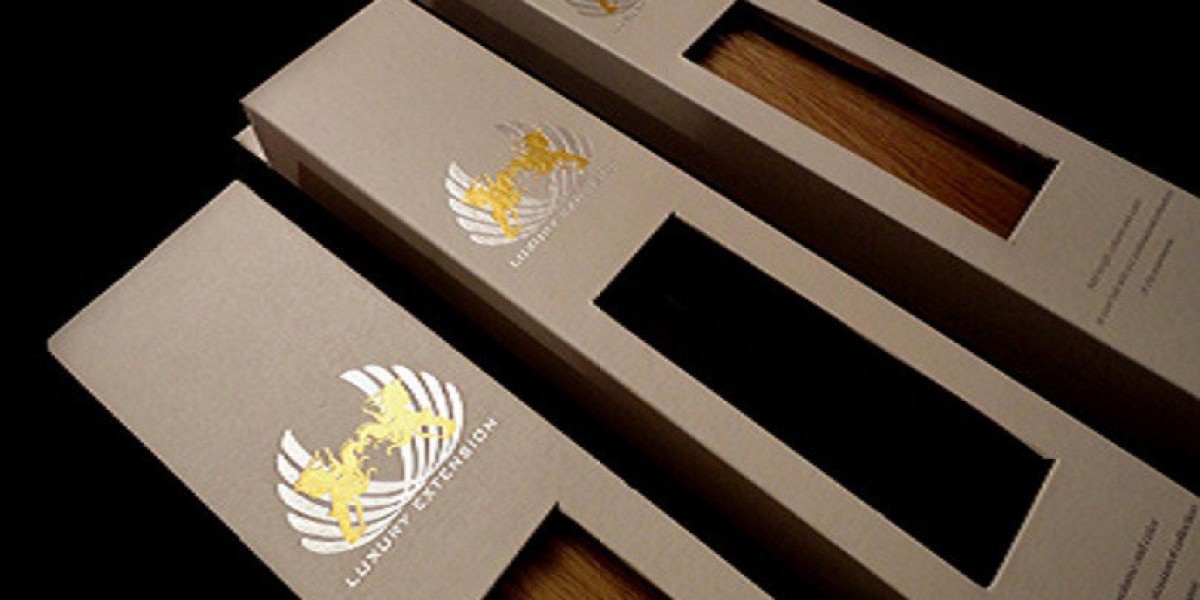Unlocking the Secrets of SMD Diode Bridge Rectifiers: How They Power Your World!
In the realm of modern electronics, few components are as vital as the SMD diode bridge rectifier. These compact devices play a crucial role in converting alternating current (AC) to direct current (DC), a fundamental process that powers a multitude of applications from simple gadgets to complex machinery. Understanding SMD diode bridge rectifiers not only helps in appreciating their importance but also sheds light on the intricate workings of electronic devices we often take for granted. In this article, we'll explore what these rectifiers are, how they function, and where they are commonly utilized, making it easier for anyone, from hobbyists to professionals, to grasp their significance in the electronics landscape.

Understanding SMD Diode Bridge Rectifiers
An SMD (Surface Mount Device) diode bridge rectifier is a type of electronic component that consists of four individual diodes arranged in a specific configuration. This arrangement allows the device to convert AC voltage into DC voltage efficiently. Each diode within the bridge allows current to pass through only in one direction, effectively blocking the reverse flow and rectifying the current. The basic construction of an SMD diode bridge rectifier involves a compact package that houses these four diodes, making it ideal for applications where space is limited. By using SMD technology, these rectifiers can be mounted directly onto the printed circuit board (PCB), which is a common practice in modern electronics due to its efficiency and versatility. This design not only saves space but also enhances the performance of the entire electronic assembly.
How SMD Diode Bridge Rectifiers Work
The working principle of an SMD diode bridge rectifier is elegantly simple yet highly effective. When an alternating current (AC) voltage is applied to the input terminals of the bridge, the diodes take turns conducting based on the polarity of the incoming voltage. During the positive half-cycle of the AC waveform, two of the diodes become forward-biased, allowing current to flow through them and into the load. Conversely, during the negative half-cycle, the other two diodes conduct, again allowing current to flow in the same direction through the load. This process results in a pulsating DC output, which can then be smoothed using additional components like capacitors to produce a more stable DC voltage. Each diode in the bridge plays a crucial role in ensuring that no matter the phase of the incoming AC voltage, the output remains consistent and directed. This reliability is essential for powering sensitive electronic components, ensuring they receive the correct voltage and current without fluctuations.
Key Features and Advantages
One of the most significant advantages of SMD diode bridge rectifiers is their compact size, which is particularly beneficial in today's miniaturized electronic devices. Compared to traditional through-hole diode bridge rectifiers, SMD versions take up significantly less space on a PCB, allowing for more efficient use of real estate. Additionally, SMD diode bridge rectifiers often exhibit enhanced efficiency due to lower on-state voltage drops, which translates to reduced heat generation during operation. This improved thermal performance is critical for maintaining the integrity and longevity of electronic devices. Furthermore, their surface mount design facilitates automated assembly processes, ultimately driving down production costs and increasing reliability in mass-produced electronics.
Applications of SMD Diode Bridge Rectifiers
SMD diode bridge rectifiers find a wide array of applications in the electronics industry. One of their most common uses is in power supplies, where they convert the AC mains voltage into a usable DC voltage for various electronic devices. They are also integral to battery chargers, ensuring that the charging process is efficient and safe. Consumer electronics, including smartphones, laptops, and other portable devices, often incorporate these rectifiers to manage power conversion seamlessly. My friend, a hobbyist in electronics, recently designed a small solar-powered charger using an SMD diode bridge rectifier. He was amazed at how efficiently it converted the fluctuating output from the solar panel into steady DC power for charging his devices. This anecdote underscores the versatility and practical benefits of SMD diode bridge rectifiers across different applications.
Significance of SMD Diode Bridge Rectifiers
In summary, SMD diode bridge rectifiers are indispensable components in modern electronics, playing a pivotal role in converting AC to DC while maintaining efficiency and reliability. Their compact design, coupled with the ability to handle varying electrical loads, makes them ideal for a multitude of applications across various industries. Whether powering everyday consumer electronics or specialized equipment, SMD diode bridge rectifiers prove their worth time and again. As technology continues to evolve, these small yet powerful components will undoubtedly remain at the forefront of electronic innovation, ensuring that they continue to power our world effectively.








